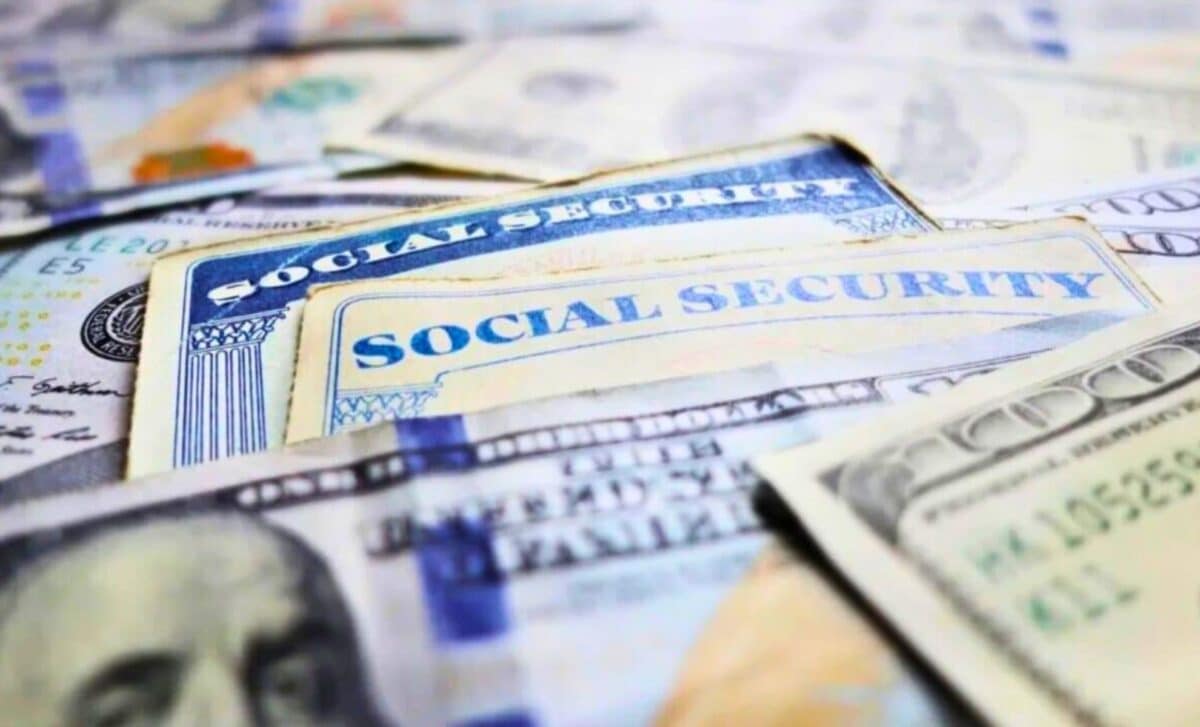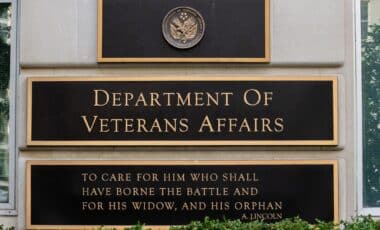The Social Security Administration (SSA) will distribute monthly benefits in April 2025 following its usual schedule, providing financial support to approximately 69 million Americans, including retirees, disabled individuals, and others who qualify.
While logistical operations remain unchanged, recent administrative changes and public statements have reignited debate over the future direction of the benefits system.
How April Payments Will Be Delivered
Social Security retirement payments are typically issued on Wednesdays, and the exact payment date depends on the recipient’s birthdate. Those born between the 1st and 10th of any month will receive their check on Wednesday, April 9.
If the birthdate falls between the 11th and 20th, the payment will arrive on Wednesday, April 16. Recipients born after the 20th of the month will be paid on Wednesday, April 23.
For those receiving Supplemental Security Income (SSI), the April payment is scheduled for Tuesday, April 1. According to the SSA, 99% of payments are issued electronically, and most beneficiaries receive their funds on time. If a payment is late, the agency recommends waiting three additional mailing days before contacting support.
Early Disbursement Pattern in May
The disbursement schedule for May 2025 includes an unusual occurrence: SSI recipients will receive two payments during the month. The first will arrive on Thursday, May 1, covering the May benefit.
The second will be issued on Friday, May 30, and is officially the June 2025 payment. This early distribution happens because June 1 falls on a Sunday, and benefits cannot be issued on weekends or federal holidays.
This adjustment applies only to SSI recipients, not to those receiving standard Social Security benefits. The change will affect financial planning for approximately 7.4 million Americans who receive monthly SSI benefits. About half of them also qualify for Social Security.
SSI Program Eligibility and Application
Supplemental Security Income provides support for individuals with limited income or resources, including those who are 65 or older, blind, or have a qualifying disability. Children with disabilities may also qualify. To be eligible, most adults must have monthly wages under $2,019, though eligibility can vary depending on other resources.
Those who may qualify can apply online, by phone, or in person. The SSA operates a dedicated phone line at 1-800-772-1213 (TTY: 1-800-325-0778), available weekdays from 8 a.m. to 7 p.m. local time. Applications are also accepted at local SSA offices.
Political Pressure and Public Reaction
Although payments are continuing on schedule, the Social Security program is under intensified scrutiny. As part of ongoing federal cost-cutting efforts under the Trump administration, the SSA is undergoing staff reductions, office closures, and a revised customer service strategy.
These changes have raised concerns among advocates and recipients about the long-term impact on service delivery. Adding to the controversy, Commerce Secretary Howard Lutnick recently made remarks on the “All-In” podcast that sparked widespread reaction.
In a discussion about identifying fraud, Lutnick said, “If Social Security didn’t send out their checks this month. My mother-in-law who’s 94, she wouldn’t call and complain.”
He suggested that withholding checks could help identify fraudulent claims, adding, “Whoever screams is the one stealing. Come on, your mother, 80-year-olds, 90-year-olds, they trust the government.”
While these comments have not been accompanied by any official policy changes, they have reignited public debate over how anti-fraud efforts might impact millions of seniors and people with disabilities who rely on monthly benefits.
The SSA’s 2025 and 2026 payment calendars remain available for public use, offering transparency for beneficiaries who rely on timely disbursements for budgeting and daily living.









